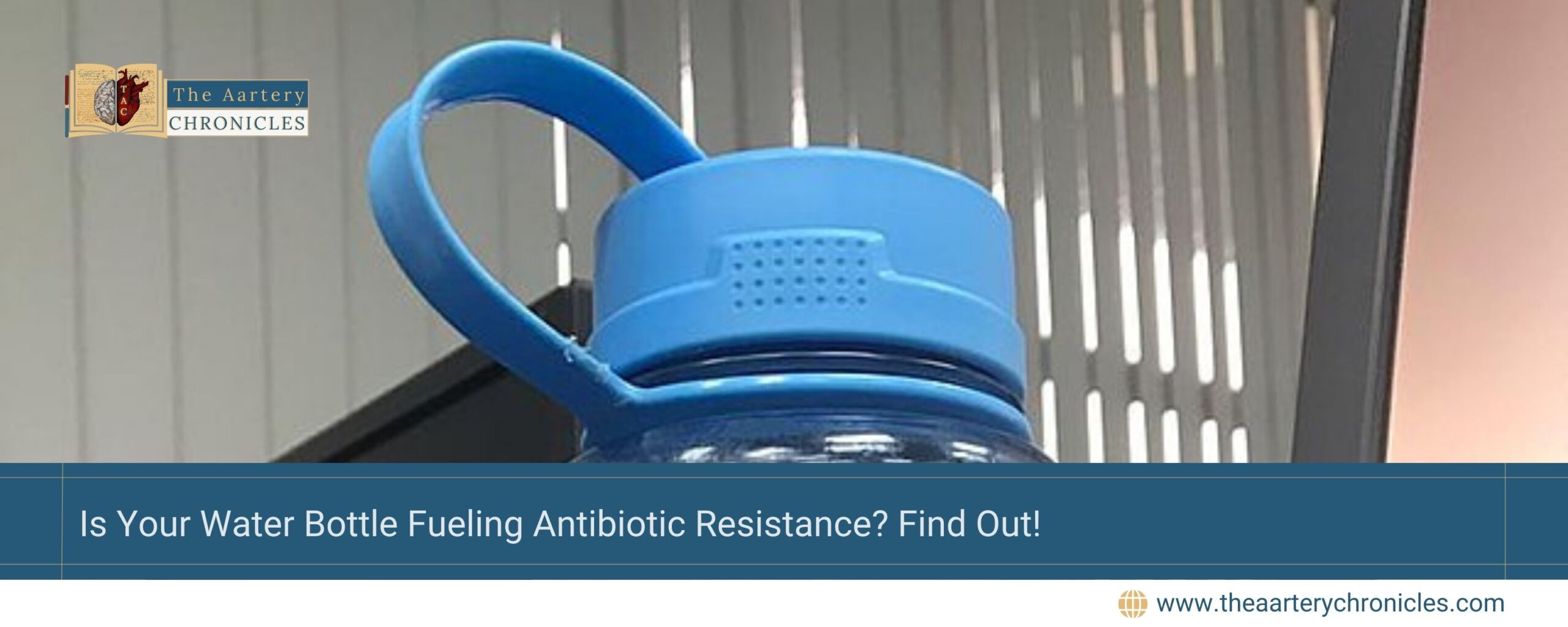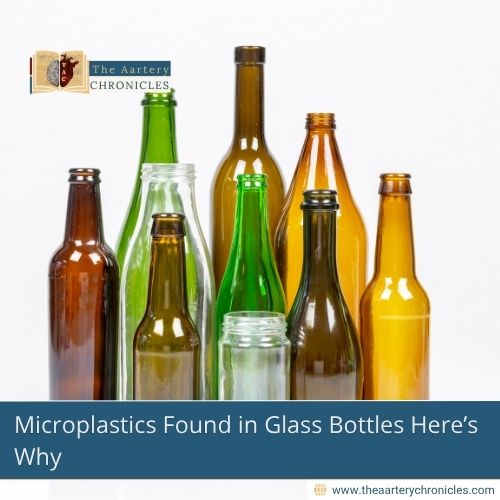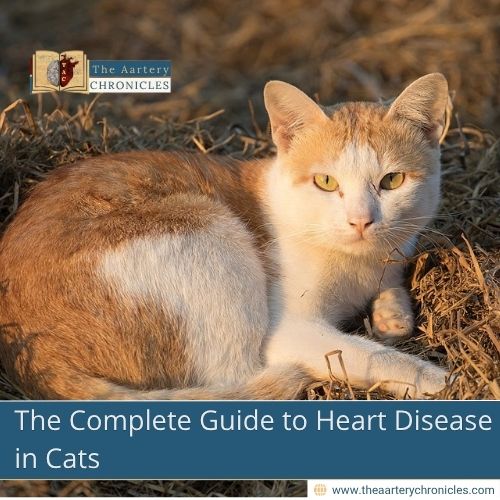

Is Your Water Bottle Fueling Antibiotic Resistance? Find Out!
Scientists from the Institute of Nano Science and Technology (INST), Mohali, have uncovered a troubling connection between single-use plastic bottles and antibiotic resistance. Their study reveals that nanoplastics—tiny particles released as plastic degrades—could contribute to the spread of antibiotic resistance, posing a significant public health risk.
Published in the journal Nanoscale, this research sheds light on how these microscopic particles can influence bacteria, including those essential for maintaining gut health.
What Are Nanoplastics?
Nanoplastics are microscopic particles formed when larger plastics break down. These particles are not just limited to the environment; they coexist with microorganisms in various places, including the human gut.
When these nanoplastics interact with bacteria, they can trigger processes that allow antibiotic-resistance genes to spread, even among unrelated bacterial species.
How Nanoplastics Affect Gut Bacteria
The researchers focused on Lactobacillus acidophilus, a beneficial gut bacterium that supports digestion and immunity. Using plastic water bottles to produce nanoplastics, the team simulated real-world conditions to study their impact.
They found that nanoplastics derived from polyethylene terephthalate (PET), commonly used in plastic bottles, can promote the transfer of antibiotic-resistance genes between bacteria.
Two Key Mechanisms Driving Gene Transfer
The study identified two main pathways through which nano plastics contribute to the spread of antibiotic resistance:
- Direct Transformation Pathway
- Nanoplastics act as carriers, physically transporting antibiotic resistance genes across bacterial membranes.
- This direct transfer enables bacteria to share resistance traits more easily.
- Outer Membrane Vesicle (OMV) Pathway
- Nanoplastics cause oxidative stress in bacteria, damaging their outer layers.
- This stress triggers the release of vesicles (OMVs) filled with antibiotic-resistance genes.
- These vesicles then transfer genes to other bacteria, including those not previously resistant.
The Unexpected Role of Beneficial Bacteria
The findings suggest that even beneficial gut bacteria like Lactobacillus acidophilus could become reservoirs for antibiotic-resistance genes. These genes might later be passed to harmful bacteria during infections, worsening the antibiotic resistance crisis.
Implications for Gut Health and Public Safety
A healthy gut microbiome is essential for digestion, immunity, and disease prevention. However, nanoplastics in the gut environment threaten this balance by facilitating the transfer of harmful resistance genes.
Protecting beneficial bacteria is vital. Reducing nanoplastic contamination from single-use plastics can help maintain gut health and prevent the spread of antibiotic resistance.
Conclusion
The INST study highlights an alarming yet overlooked consequence of plastic pollution: its role in fueling antibiotic resistance. To safeguard public health, efforts to curb plastic use and manage waste effectively must be prioritized. By minimizing nanoplastic exposure, we can protect our gut microbiota and reduce the risk of antibiotic-resistant infections.
By understanding these hidden risks, we can take steps toward a healthier future for both humans and the environment.
Source: Inputs from various media Sources
I’m a pharmacist with a strong background in health sciences. I hold a BSc from Delhi University and a pharmacy degree from PDM University. I write articles and daily health news while interviewing doctors to bring you the latest insights. In my free time, you’ll find me at the gym or lost in a sci-fi novel.









